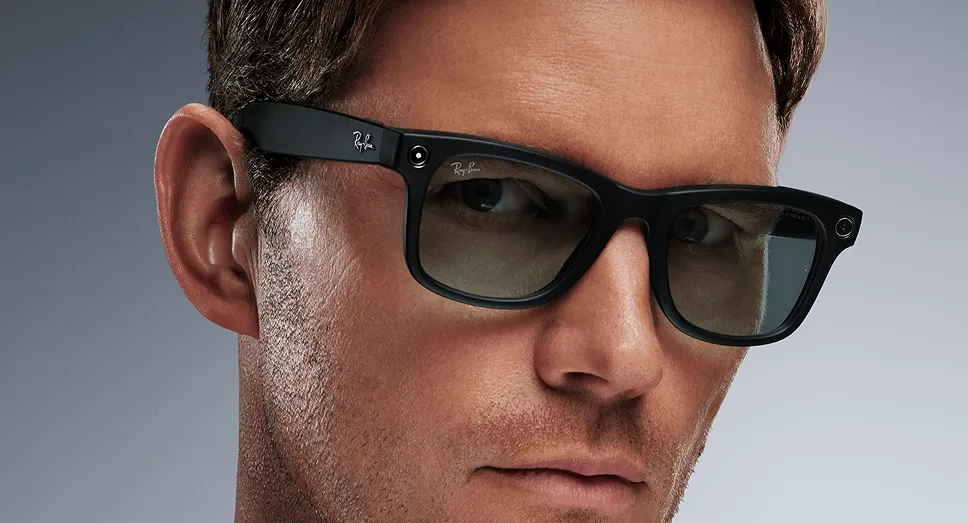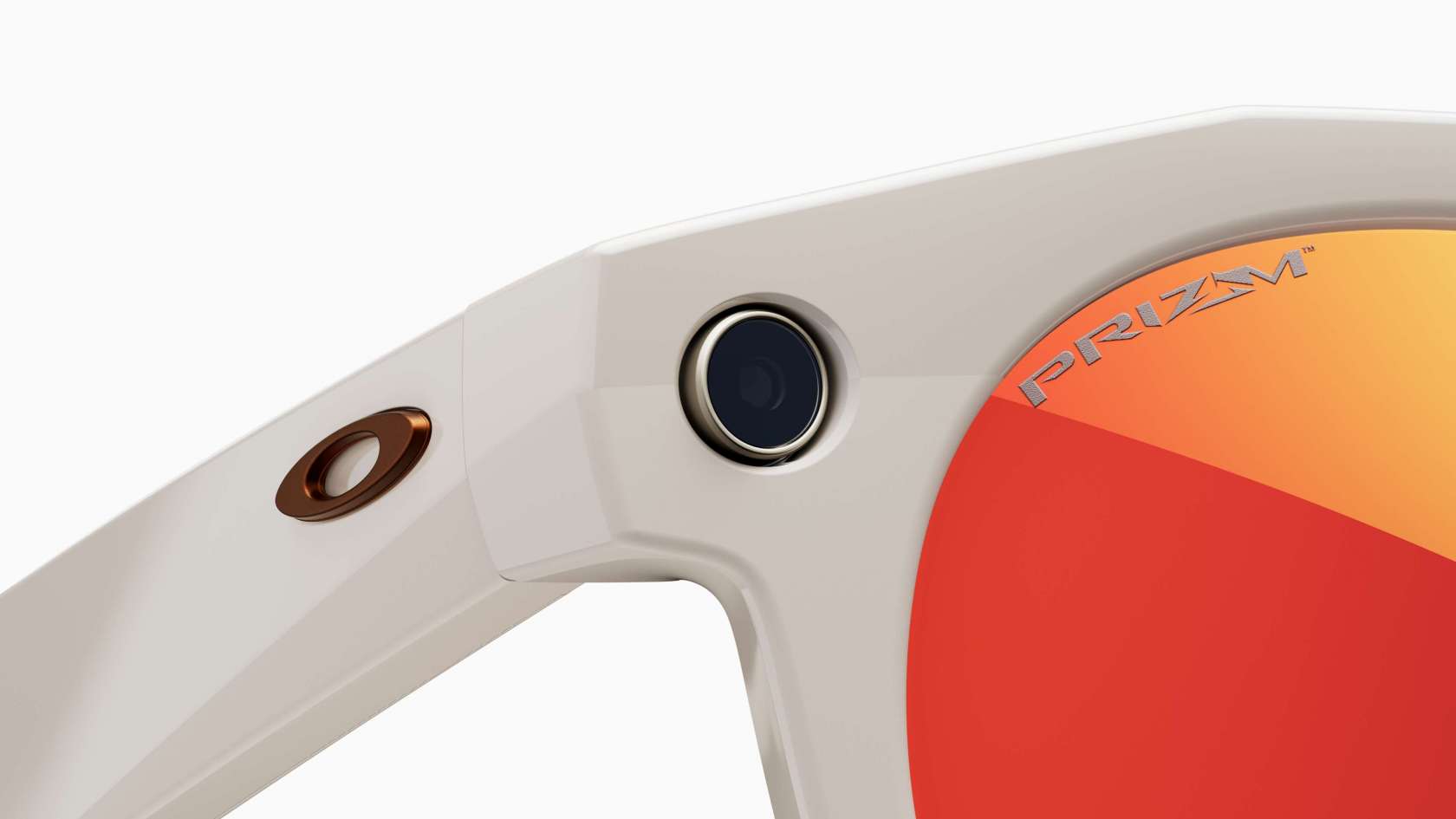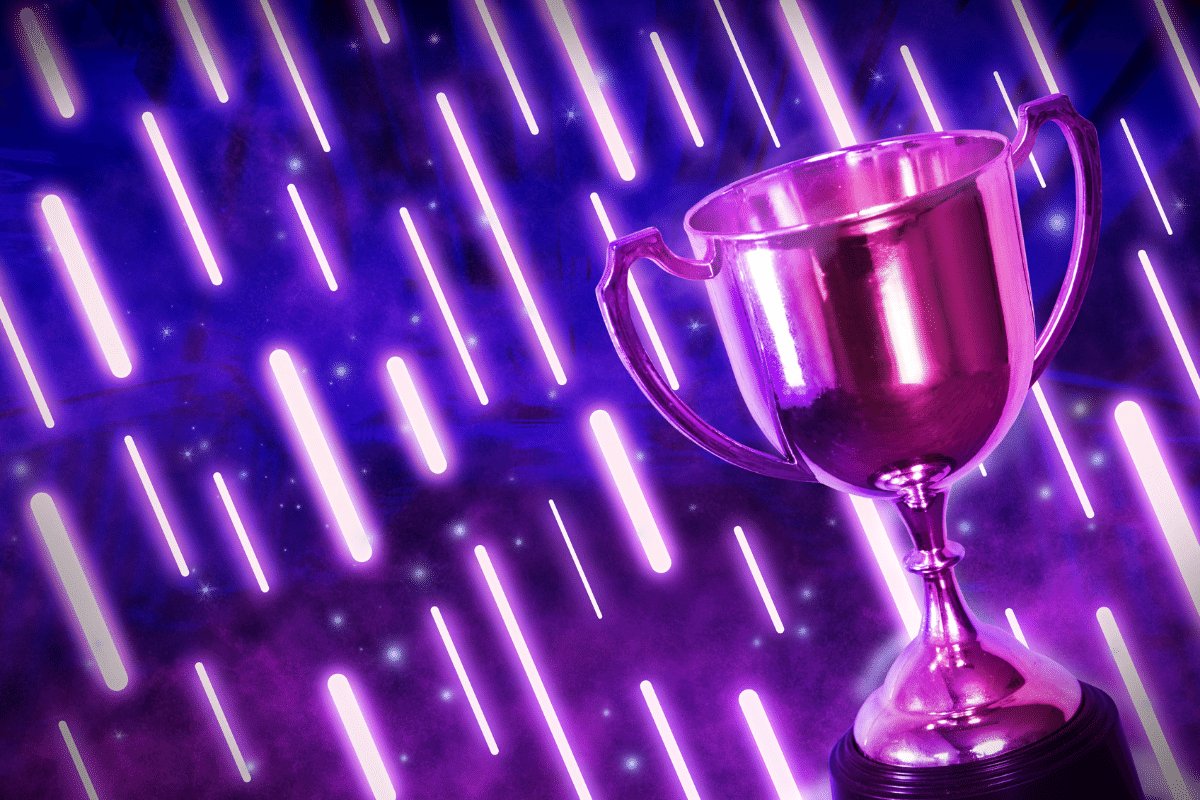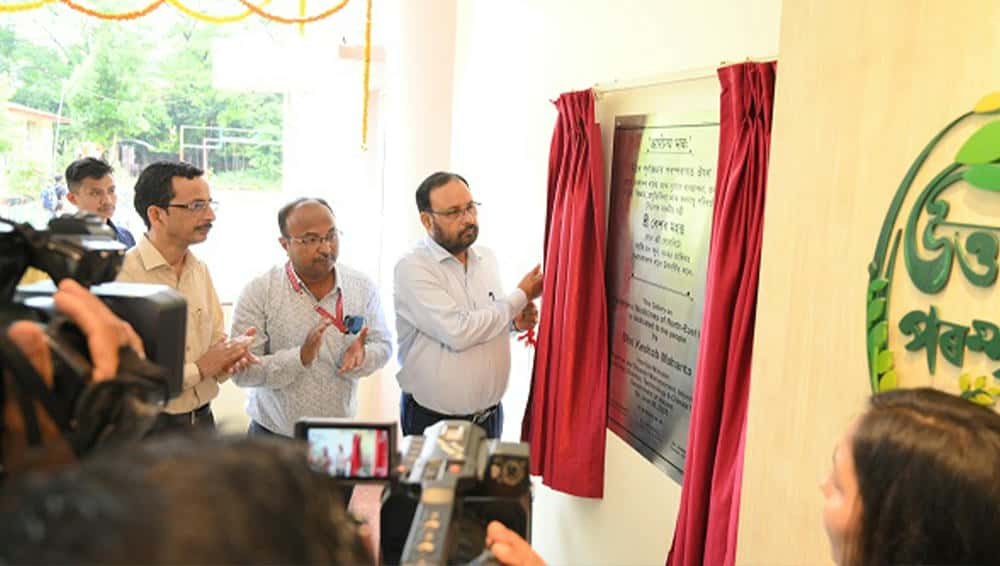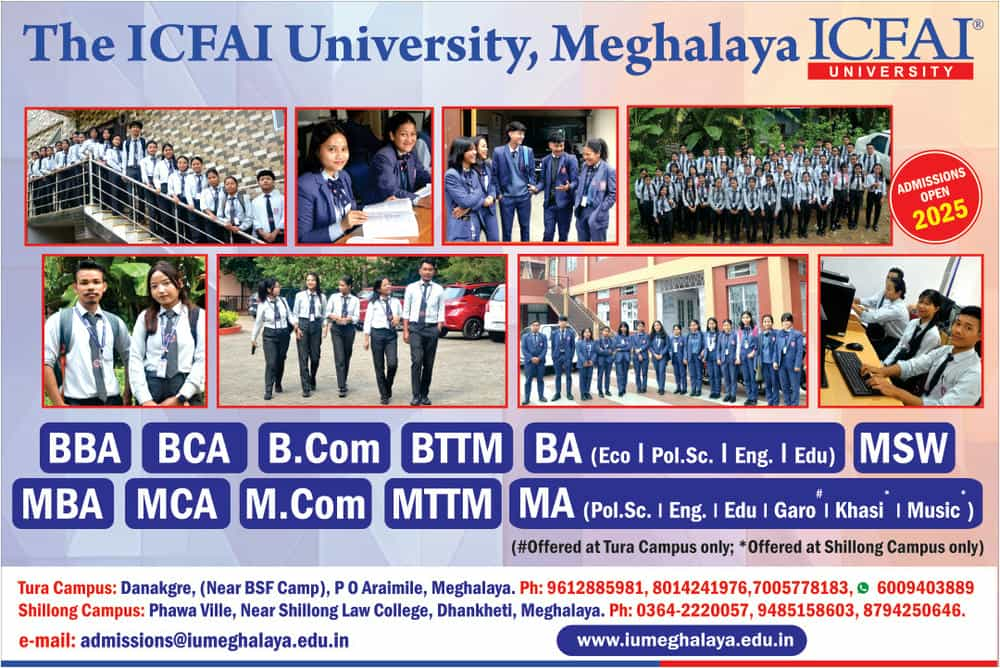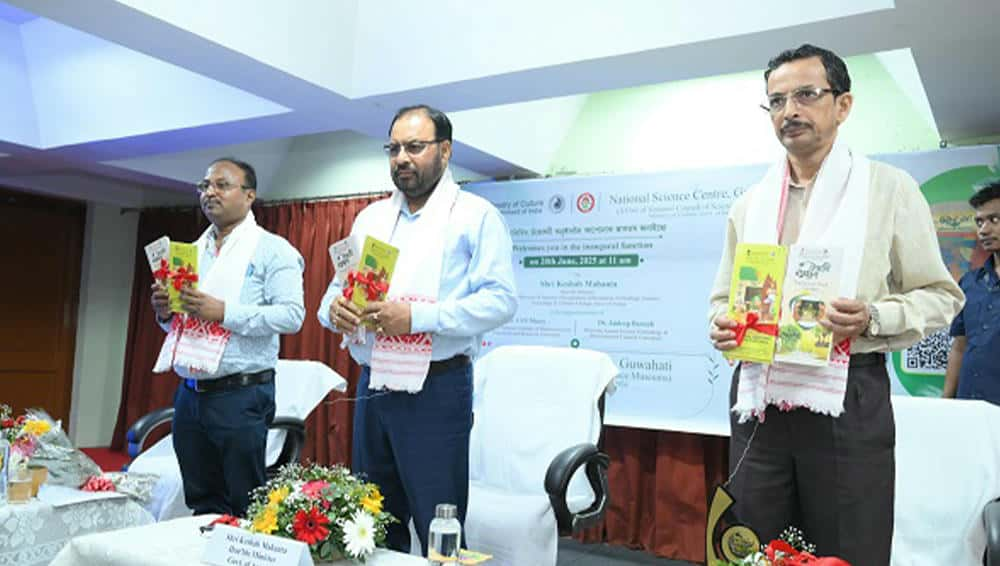New Jersey, US State: “The global Wood Sports Flooring market in the Construction and Manufacturing category is projected to reach USD 3.14 billion by 2031, growing at a CAGR of 5.2% from 2025 to 2031. With rising industrial adoption and continuous innovation in Construction and Manufacturing applications, the market is estimated to hit USD 2.12 billion in 2024, highlighting strong growth potential throughout the forecast period.”
Wood Sports Flooring Market Size & Forecast 2031
The Wood Sports Flooring market is anticipated to register notable growth through 2031, fueled by increasing construction of indoor sports facilities and rising preference for wooden surfaces in professional sports environments. Wood flooring is favored for its shock absorption, aesthetic appeal, and durability, making it ideal for basketball courts, gymnasiums, and multi-use sports arenas. Technological innovations in surface finishing and sustainability practices are further enhancing product performance and consumer appeal.
Growing awareness of athlete safety and performance is prompting sports infrastructure developers to invest in high-quality flooring systems, with engineered wood gaining prominence. Demand is particularly strong in developed regions due to modernization of sports complexes, while emerging economies are experiencing rising installations driven by government initiatives in sports promotion. This consistent upward trend signals strong opportunities for manufacturers and suppliers over the forecast period.
Key Players in the Wood Sports Flooring Market
Bona AB, Mannington Mills Inc., Gerflor, Haro Sports Flooring, Robbins Sports Surfaces, Aacer Flooring, Maple Flooring Manufacturers Association, Tarkett, Connor Sports, Zebra Sports, Hardwood Flooring Manufacturers Association
For Further Detail, Download the Sample PDF with Complete TOC, Tables, Figures, Charts, And More @ https://www.marketresearchintellect.com/download-sample/?rid=934437&utm_source=OpenprJune&utm_medium=047
Factors Supporting Growth of Wood Sports Flooring Market in the Future:
1.Technological Advancements and Innovation:
The continuous evolution of technology is playing a vital role in driving the Wood Sports Flooring market forward. Cutting-edge innovations are improving product functionality, enhancing performance, and reducing costs, making these solutions more accessible to a broader range of industries. Emerging technologies such as AI, IoT, advanced analytics, and automation are also enabling smarter and more efficient use cases, further expanding the scope of the market. These advancements are not only upgrading existing systems but are also creating entirely new application opportunities that will support long-term market expansion.
2. Expanding Applications Across End-Use Sectors:
The increasing integration of Wood Sports Flooring solutions across diverse industries such as automotive, healthcare, consumer electronics, telecom, and industrial manufacturing is significantly boosting market demand. Each sector brings unique requirements, pushing companies to diversify their offerings and customize solutions. This cross-industry relevance ensures consistent demand growth, while rising digitalization and adoption of smart technologies amplify the market potential across both developed and developing regions.
3. Favorable Government Policies and Infrastructure Push:
Supportive initiatives by governments around the world, including funding programs, tax incentives, and policy frameworks, are providing a strong foundation for market development. Efforts to strengthen digital infrastructure, promote energy efficiency, and drive sustainable development are fueling demand for advanced Wood Sports Flooring technologies. Moreover, public-private partnerships and national transformation agendas such as smart cities and Industry 4.0 are creating favorable conditions for rapid market expansion, especially in emerging economies
4. Increased Investment and Focus on Research & Development:
The Wood Sports Flooring market is experiencing a surge in investment from both private and public entities, driven by the urgency to innovate and stay competitive. Companies are dedicating substantial resources to research and development to create next-generation products with higher efficiency, scalability, and environmental sustainability. Venture capital funding, mergers, acquisitions, and collaborations are also contributing to a dynamic ecosystem that fosters experimentation and accelerates commercialization of novel solutions, ensuring sustained market growth in the future.
To avail a discount on the purchase of this report visit the link @ https://www.marketresearchintellect.com/ask-for-discount/?rid=934437&utm_source=OpenprJune&utm_medium=047
Key Segments Covered in Our Report: Wood Sports Flooring Industry
Wood Sports Flooring Market by Type
Solid Wood Flooring
Engineered Wood Flooring
Wood Sports Flooring Market by Application
Indoor Sports Facilities
Outdoor Sports Facilities
Wood Sports Flooring Market by End-User
Educational Institutions
Commercial Sports Facilities
Residential Users
The Application segment showcases the industries and sectors that use Wood Sports Flooring products for example Wood Sports Flooring targeting healthcare and automotive industries etc. It also provides a perspective of the market rate of acceptance, usage of the products, and new applications that are paving the way for the future of the market.
Global Wood Sports Flooring Market Regional Analysis
The Global Wood Sports Flooring Market is examined in dimensions of regions, wherein each region has its own market growth, trends as well as dynamics. This section highlights on the detailed market performance, major shifts, and trends and underlying factors explaining growth in different places around the world.
North America: North America accounts for a large share of the Wood Sports Flooring market which is a result of the developed technology, intense consumer market, and huge investments in the Wood Sports Flooring industry. To add, the U.S. market also plays a crucial role as this economy is more concerned with innovation and was also one of the first to implement Wood Sports Flooring products in its Wood Sports Flooring sectors. The region is expected to see a gradual rise till 2031 and this is because of its reinforced infrastructure and existing regulation mechanisms.
Europe: Global has the fastest growing Wood Sports Flooring market and is oriented around environmental protection, renewed efforts and environmental awareness. The market is dominated by countries like Germany, the UK, and France that have improved their technologies and have a strong industrial structure. Increased request for green solutions along with regulatory efforts are increasing demand in the market’s key areas such as Wood Sports Flooring sectors.
Asia-Pacific: The growth potential in the Wood Sports Flooring market is expected to be maximum for Asia-Pacific region. Increased maturation, urban migration as well as expanding middle class in China, India, and Japan and other developing economies are great constituents of market growth. Further, there is an increasing contribution to investments in the Wood Sports Flooring sector which is increasing the demand for Wood Sports Flooring regions-supplying throughout the area.
Rest of the World: Countries and areas like Latin America, Middle East & Africa have also been showing moderate Wood Sports Flooring market growth. Although still developing, these markets are fueled by a fast increasing infrastructure, expending industrial activities and growing consumer demand for Wood Sports Flooring goods. These regions pose great opportunities for the market players to tap into other sources of growth.
Frequently Asked Questions (FAQ) – Wood Sports Flooring Market
Q1: What is the anticipated growth rate of the Global Wood Sports Flooring Market?
A1: With a growth rate of CAGR of 5.2%, the Global Wood Sports Flooring Market is anticipated to reach USD 3.14 billion by 2031. Industrial demand and innovation will lead it to reach USD 2.12 billion by 2024.
Q2: Which regions provide the highest growth opportunities for the Wood Sports Flooring Market?
A2: Asia-Pacific is likely to provide the highest growth prospects based on speedy industrialization and infrastructure growth, followed by robust markets in Europe and North America.
Q3: Which are the primary drivers of market growth?
A3: The primary drivers are technology innovation, growing industrial applications, heightened government initiatives, and expanding use of Wood Sports Flooring solutions in different industries.
Q4: What are the challenges faced by the Wood Sports Flooring Market?
A4: The challenges are tight regulatory systems, high upfront capital expenditures, fragmentation of the market in the emerging markets, and geopolitical risks in some regions.
Q5: Which are the major players in the Global Wood Sports Flooring Market?
A5: The market has a number of leading players with a focus on innovation, strategic alliances, and global expansion.
Q6: How does innovation influence the Wood Sports Flooring Market?
A6: Market growth is driven by innovation, which enhances product efficiency, lowers costs, and facilitates new applications, making the overall market potential broader.
Q7: Which industries utilize Wood Sports Flooring products mostly?
A7: Major industries include manufacturing, automotive, energy, electronics, and infrastructure, among others, where Wood Sports Flooring solutions deliver operational efficiency and sustainability.
Q8: How is the market anticipated to change after 2031?
A8: Although projections beyond 2031 are uncertain, continued technological advancement and increasing industrial demand are expected to continue supporting long-run growth patterns.
For More Information or Inquiries, Visit @ https://www.marketresearchintellect.com/product/global-wood-sports-flooring-market/?utm_source=Linkedin&utm_medium=047
About Us: Market Research Intellect
Market Research Intellect is widely recognized as one of the leading global market research companies, with strong capabilities in data interpretation as well as business intelligence. Our objective is to support businesses in various sectors with relevant insight of their markets enabling them to make sound choices, expand and remain competitive in the changing business environment.
Backed with an expert team of analysts, we carry out detailed market assessment and market potential forecasts for a wide range of fields including but not limited to technology, healthcare, automotive, energy, and many more. This also includes market definition, development of market forecasts, trend analysis, analysis of competitive environment and core comprehensive market research that is necessary for the client.
As a focus, we always strive to provide accurate and reliable data, or if need be, tailored solutions to the problems and possibilities present in the market worldwide. With the use of novel research approaches, we are able to provide intelligence that will help organizations in the ever dynamic business world.
Should you have any queries, please contact us as follows:
Mr. Edwyne Fernandes
Market Research Intellect
APAC: +61 485 860 968
EU: +44 788 886 6344
Us: +1 743 222 5439
This release was published on openPR.


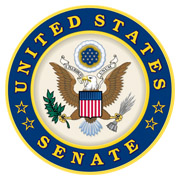 Washington, D.C. – Big Tech companies repeatedly choose profit over principle by selling America’s children as the product on their platforms. These companies have knowingly pushed children to harmful material promoting suicide, eating disorders, lethal drugs, sexual exploitation, human trafficking, and on and on.
Washington, D.C. – Big Tech companies repeatedly choose profit over principle by selling America’s children as the product on their platforms. These companies have knowingly pushed children to harmful material promoting suicide, eating disorders, lethal drugs, sexual exploitation, human trafficking, and on and on.


